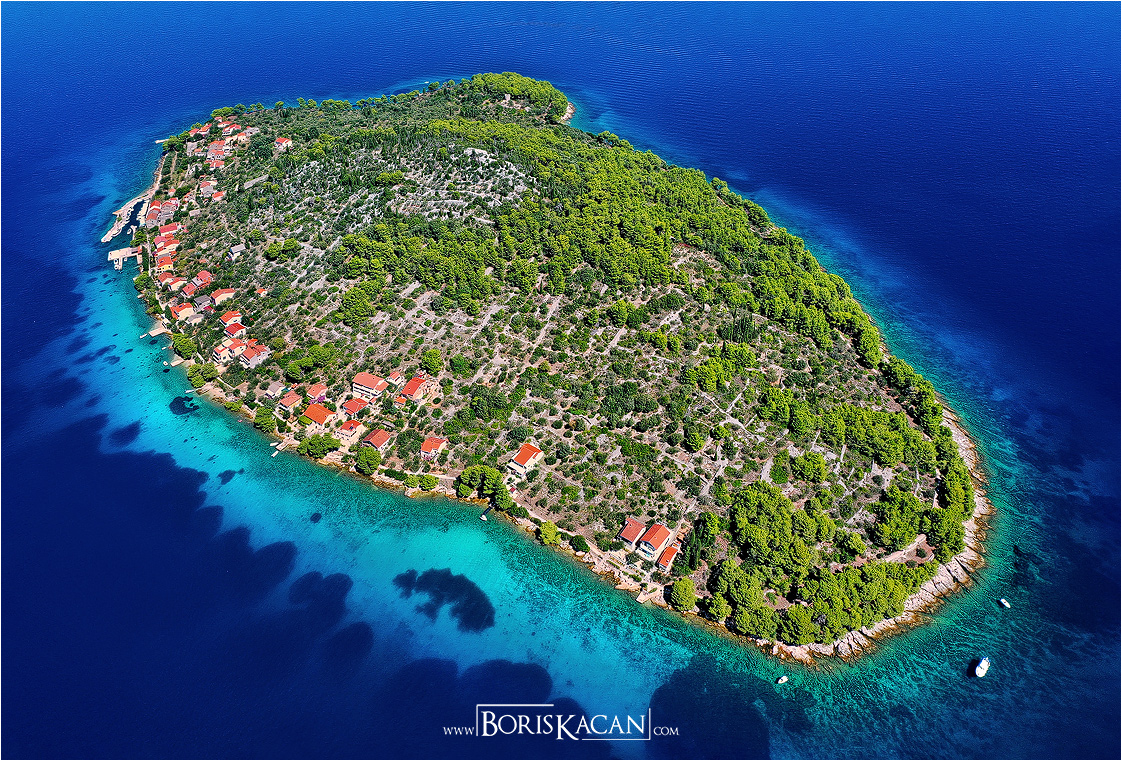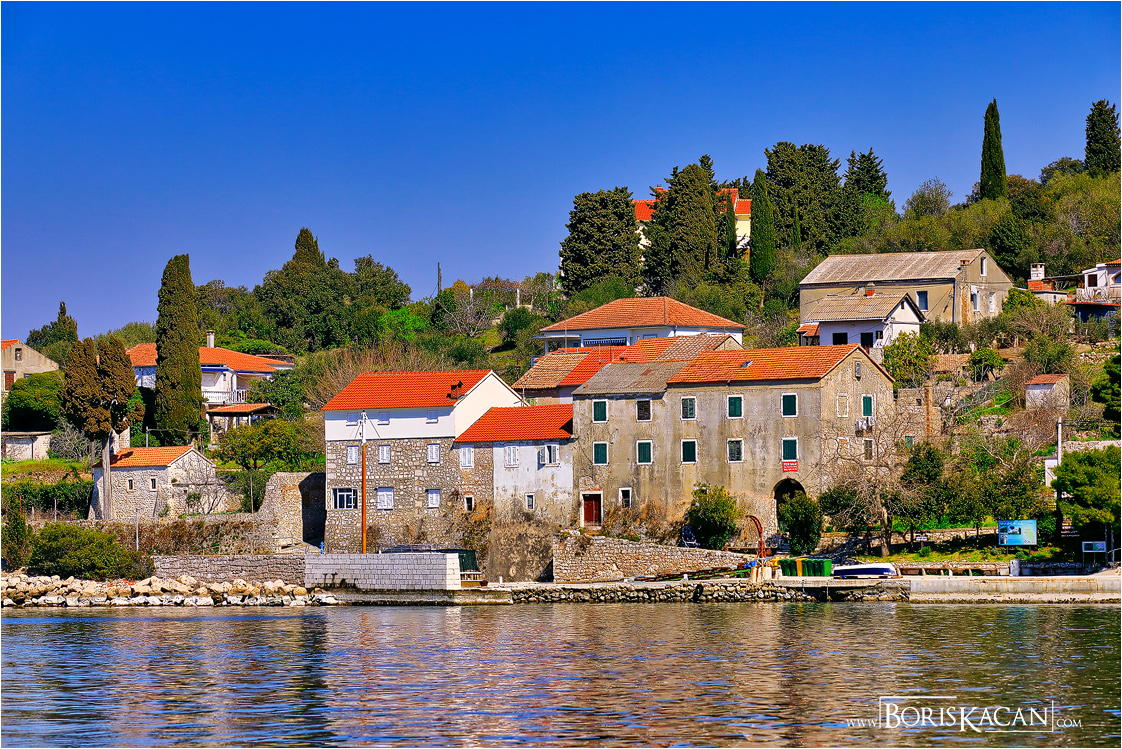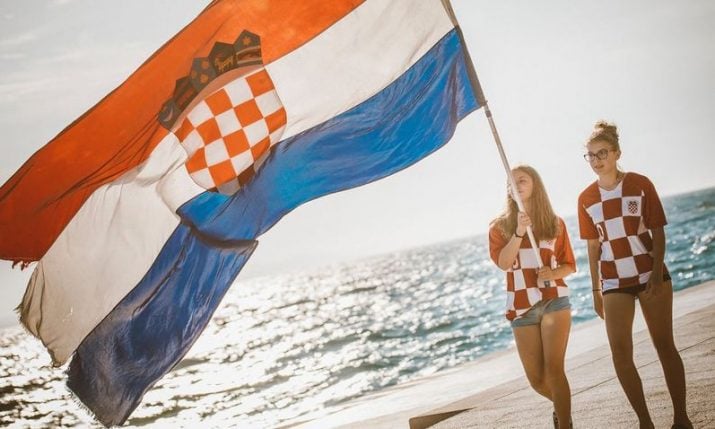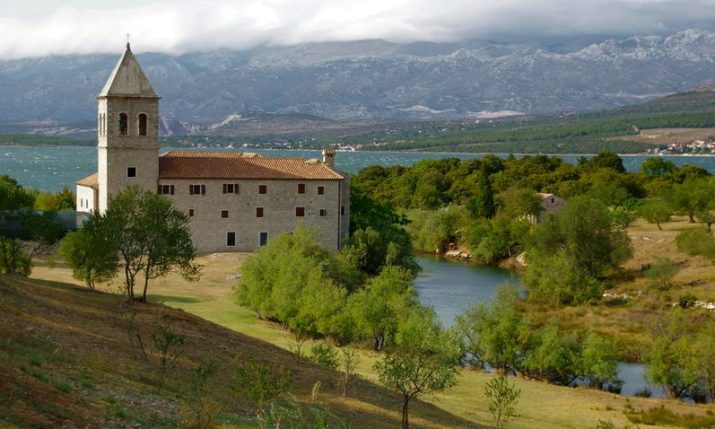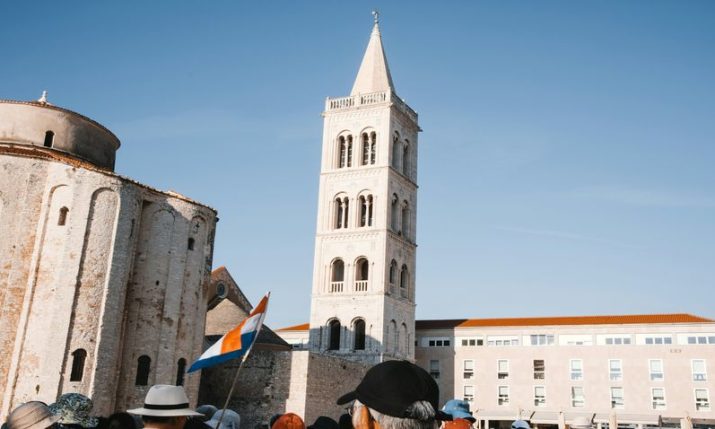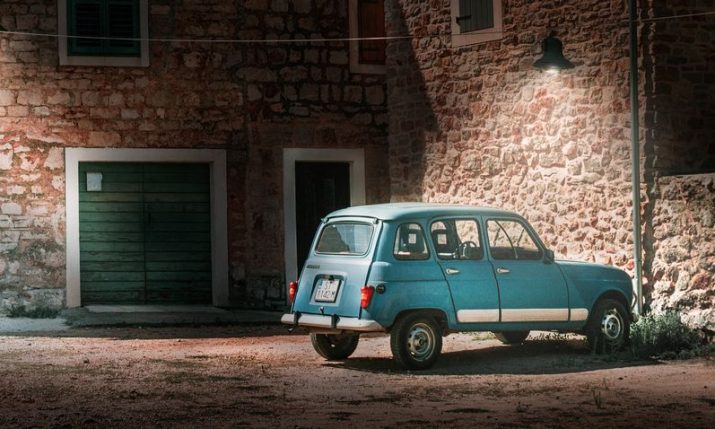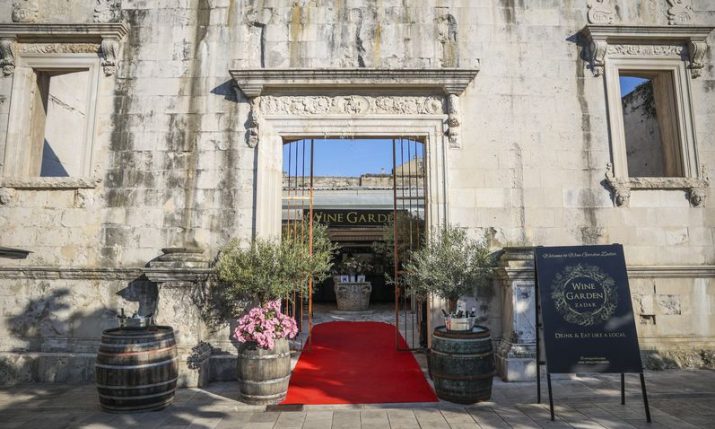Meet Croatia’s smallest inhabited island – home to just 35 people
- by croatiaweek
- in Travel
Ošljak, the smallest inhabited island in Croatia, is believed to have been settled since ancient times. It spans 0.39 square kilometres in the Zadar Channel, located approximately half a nautical mile away from Preko on the island of Ugljan.
The local population also refers to the island as Lazaret. It earned this name because in the 17th century, it served as a hospital (lazaret) for isolating individuals with leprosy and the plague for the entire Zadar region.
Today, it is an idyllic place for a vacation, surrounded by beautiful nature and traditional Mediterranean architecture, with around 60 such houses.
According to the 2021 census, the island is home to 35 residents, a increase of six individuals since the 2011 census. The population varies with the seasons – in the winter months, around ten people reside on Ošljak, while in the summer months, all available accommodation is fully booked.
Breathtaking Nature
The majority of the island is covered by a stunning park-forest with dense vegetation of pines, cypresses, and holm oaks, along with the essential olive trees and Mediterranean scrub.
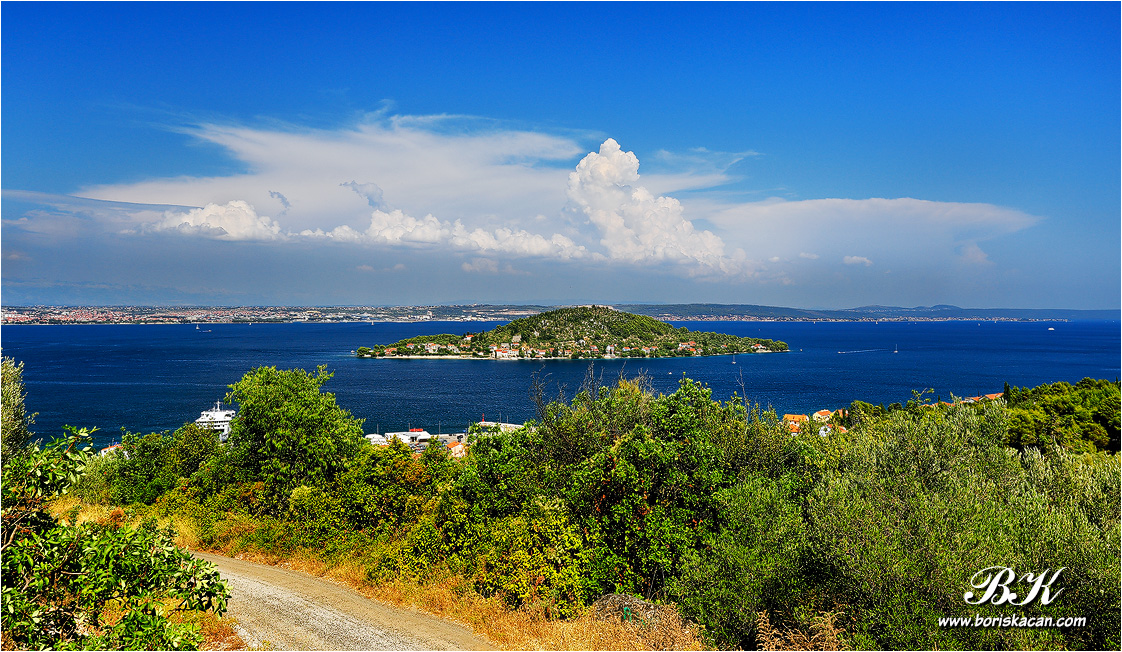
(Photo credit: www.Boris Kačan.com)
What to See?
Explore the fishing harbour, visit the 6th-century church of St. Mary, the ruins of a windmill from the 16th century, and the remains of the Caloger family’s summer residence. There’s also a historic part of the settlement with about ten houses, known as the Valčić village, established in the 17th and 18th centuries. On the island, you can also find a bunker from the time of World War II.
The island’s old school hasn’t functioned for decades due to insufficient student enrollment, but it has been renovated and now serves as a cultural and entertainment hub for the islanders.
“The islanders proudly highlight the stonovac (water reservoir), which was built during the Italian occupation of Ošljak in World War II. The Italians created this large water reservoir and cistern, ensuring a water supply for the entire island. Water is still drawn from the ‘špinica’ (tap) which functions to this day,” the Preko Tourist Board told Punkufer.hr
What to Do?
Cars on the island is prohibited, making it easiest to get around by bicycle or on foot.
“The walking trail on the island is two kilometres long, passing by the lighthouse and the remains of windmills. You can also hike to the highest point of the island, which rises to 90 meters, offering an unforgettable view,” advise the Preko Tourist Board.
Explore the island and its natural beauty. Ošljak offers great opportunities for fishing and diving.
“In the vicinity of Ošljak’s coast, the first artificial fish reef in Croatia was installed to preserve underwater life and expand activities related to the sea,” they add.
How to Get There?
You can reach Ošljak by ferry. The ferry stops at Ošljak twice a day, and there are two return routes to Zadar or Preko.
“If you have your own boat, you can also come to the island independently. During the summer months, Ošljak is a favorite destination for boat excursions,” the Preko Tourist Board revealed to Punkufer.hr.
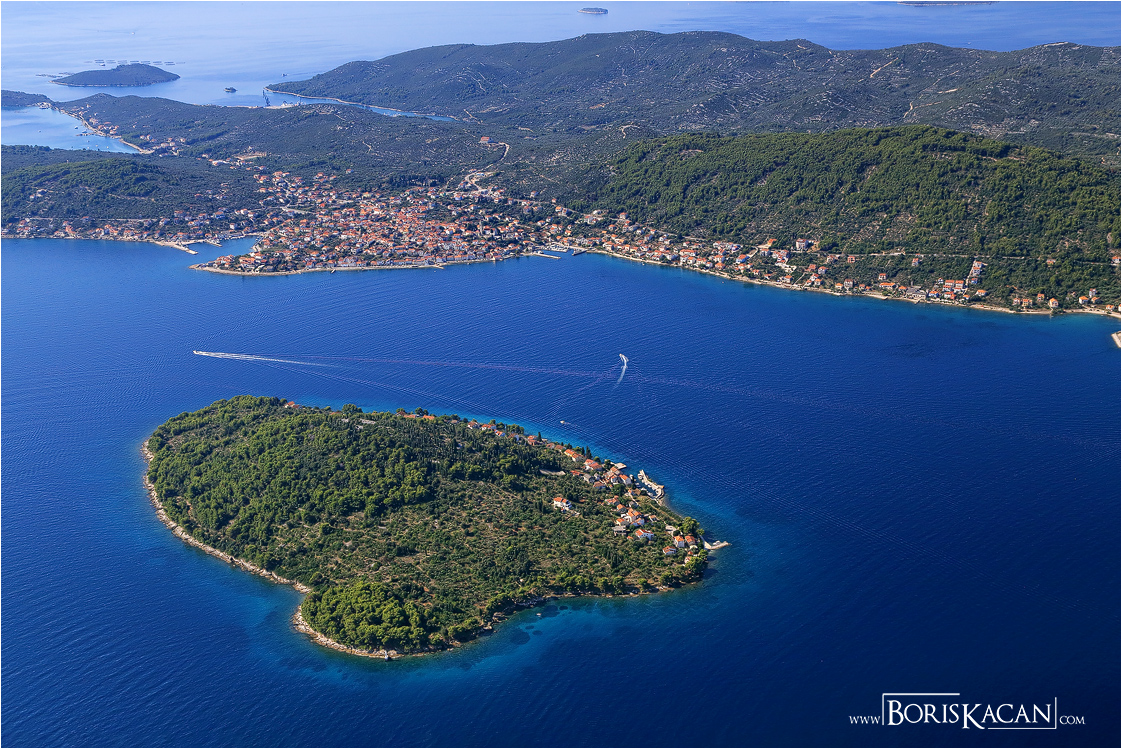
(Photo credit: www.Boris Kačan.com)
Keep in Mind
There are no shops on the island, not even during the summer. Islanders and their guests get their supplies from the nearby town of Preko on Ugljan or Zadar. Additionally, during the summer, there is only one hospitality establishment operating on the island.
Where to Stay?
Tourists have access to one holiday house and eight apartments. However, if you wish to stay here, it’s essential to book your accommodation in advance.

